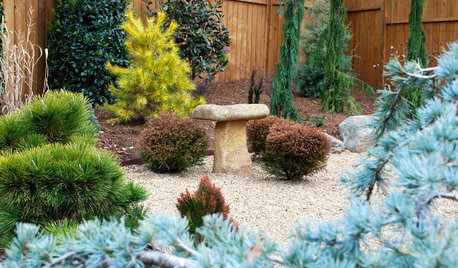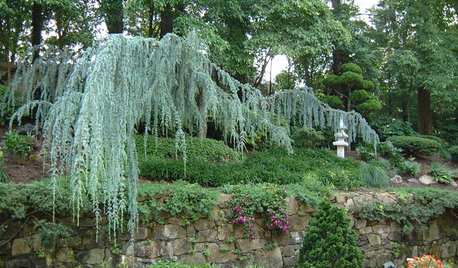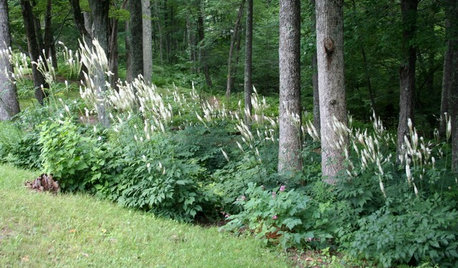Tsuga mertensiana in the east
Kyle (East TN, 6b/7a)
6 years ago
Featured Answer
Sort by:Oldest
Comments (24)
davidrt28 (zone 7)
6 years agolast modified: 6 years agodavidrt28 (zone 7)
6 years agolast modified: 6 years agoRelated Discussions
Tsuga Mertesiana Culture
Comments (2)I've had a 'Bump's Blue' for about three years or so. I more or less followed this advice. Mine is in a bed amended with compost and the debris (over the years before I got here) from 3 mature Austrian Pines. It gets about four hours of morning sun. It is my understanding that although they like a bit more sun than T. canadensis, they also like it cooler so I'd give it afternoon shade. tj...See MoreAbies procera and Tsuga mertensiana, native terrain
Comments (8)"You got it Tom. Mt. Rainier and Mt. Baker are #1/#2(Baker holding the current record) for snowiest places on earth, though basically most of the cascades in Washington are subject to amazing snow totals on an annual basis" Suspect this depends more on measuring equipment being there to measure it, than actually being the snowiest. There are other places in the world just as (if not more) snowy, such as parts of the western Caucasus and NE Turkey, the eastern Himalaya, some of the Japanese mountains, and the Andes in southern Chile. Resin...See MoreTsuga mertensiana 'Glacier Peak'
Comments (1)Can't see it doing well in Ohio's summer heat and humidity. It needs a cool mountain climate. Resin...See MoreTsuga heterophylla in the East!
Comments (3)Zone ranges given are based on averages, of course. Lowest temperatures in each zone fall below the range indicated for each zone. And USDA zones are being based on only 15 years of records each time. The 1990 winter here was the coldest winter in 30 years....See Moredavidrt28 (zone 7)
6 years agolast modified: 6 years agoKyle (East TN, 6b/7a)
6 years agoKyle (East TN, 6b/7a)
6 years agodavidrt28 (zone 7)
6 years agolast modified: 6 years agodavidrt28 (zone 7)
6 years agolast modified: 6 years agoKyle (East TN, 6b/7a)
6 years agosc77 (6b MA)
6 years agoKyle (East TN, 6b/7a)
6 years agodavidrt28 (zone 7)
6 years agolast modified: 6 years agoKyle (East TN, 6b/7a)
6 years agosc77 (6b MA)
6 years agodavidrt28 (zone 7)
6 years agoConiferJosh (6a IN)
6 years agotsugajunkie z5 SE WI ♱
6 years agolast modified: 6 years agodavidrt28 (zone 7)
6 years agobengz6westmd
6 years agotreeguy_ny USDA z6a WNY
6 years agogardengal48 (PNW Z8/9)
6 years agoMike McGarvey
6 years agobengz6westmd
6 years agolast modified: 6 years agoMike McGarvey
6 years ago
Related Stories

PLANTING IDEASDesigning With Conifers: Personality and Form in the Garden
Unique and full of interest, well-shaped conifers await a place your yard
Full Story
PLANTING IDEASDesigning With Conifers: Exploring Color
Colorful, structural and adaptable, conifers are waiting to transform your garden
Full Story
TREESHow to Buy Healthy Trees and Shrubs
A healthy young plant with a strong form is more likely to do well in your yard. Here’s what to look for at the nursery
Full Story
GARDENING GUIDESGreat Design Plant: Actaea Racemosa
Elegant flowers top black cohosh in summer woodland gardens
Full Story
LANDSCAPE DESIGNDitch the Ordinary Ditch: Create a Realistic Dry Creek Bed
Here’s how to turn your water runoff system into an eye-catching accent for your landscape
Full StorySponsored







sc77 (6b MA)